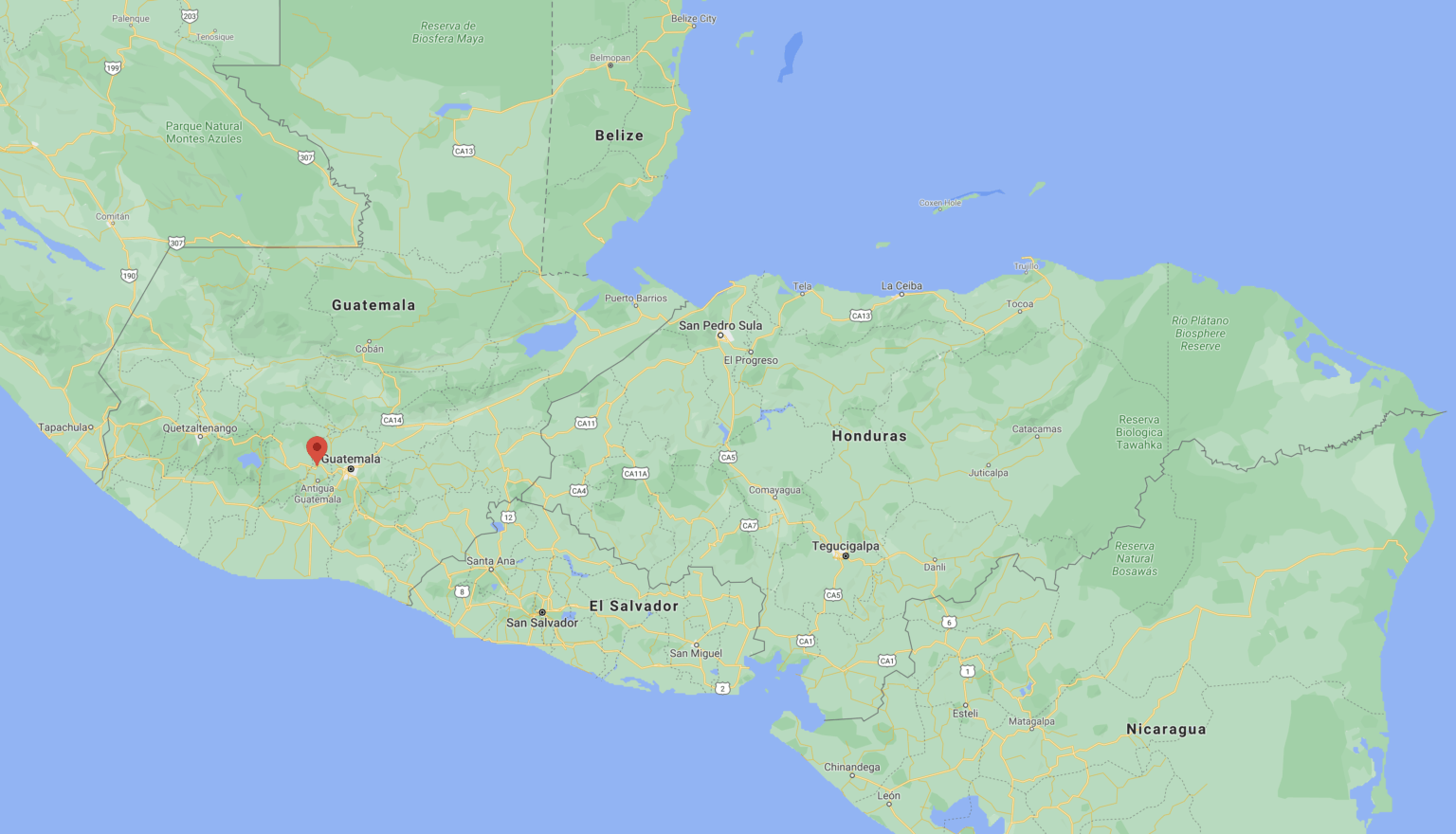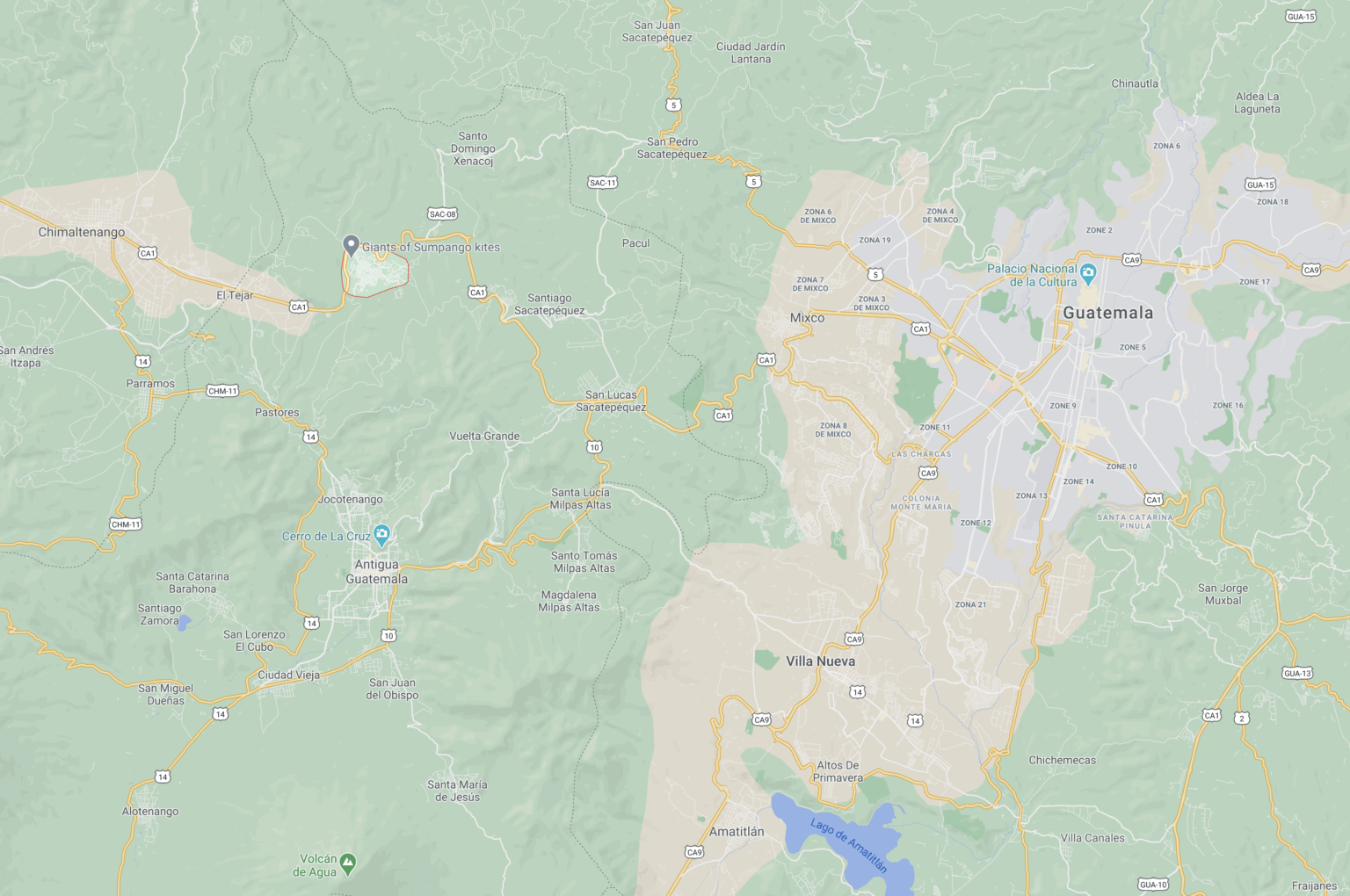It shouldn’t be a surprise that Guatemala, and, indigenous peoples living in the rural highlands (such as Sumpango) have broken hearts, broken spirits and broken relationships.
The following data and statistics is a stark reminder of the inequality and injustice that is prevalent in the Guatemalan society.
PILAS uses the platform of education and youth group to teach of the everlasting hope that is available to everyone and found in Jesus Christ.
PILAS exists to remind those that are hurting or lacking hope that “The Lord is close to the broken-hearted and saves those who are crushed in spirit” (Psalm 34:18).
Because they are broken, does not mean that they are worthless.
God can take what has been broken and remake it into something better, something that He can use for His glory.
By surrendering our lives to Christ, we can be restored and transformed.
Sources: World Food Programme, Doctors Without Borders, UNESCO, BorgenProject.org, International Work Group for Indigenous Affairs, Global Education Fund, USAID, infoplease.com., Wikipedia, Mayanfamilies.org, Statista, Worldometers.info., DataReportal, Costa Rica News.

Guatemala is roughly the size of the Canadian province Newfoundland or the state of Tennessee. Its diverse beautiful landscape includes tropical rainforests, mountains, valleys, lowland forests, beaches, and more than thirty volcanoes.
There are a multitude of natural resources and key exports, yet Guatemala has one of the highest malnutrition rates in the world and continues to struggle with drug trafficking and rampant crime/corruption.
Guatemala’s population is approximately 18,100,000 people and ranks 135th out of 191 countries in the 2022 UN Human Development Insights Report.
Approximately 53% of the population is urban.
With regard to ethnicity and culture, approximately 55% is indigenous, and 45% ladina (Spanish-speaking). The main ethnic groups are the Maya, the Garifuna, the Xinca and the Ladina.
Twenty-one languages are spoken, although the dominant language is Spanish.
Poverty, income inequality and social exclusion are some of the main challenges that are prevalent in Guatemala.
The denial of the rural poor from opportunities of personal growth and development reflects their disadvantaged economic circumstances.
Income inequality is high in Guatemala. According to a study conducted by the Union Bank of Switzerland (UBS), 260 Guatemalans own 56% percent of the national economy.
The poverty rate in Guatemala is very high. According to the World Bank:
Among indigenous people, who comprise almost 40% of the total population, the poverty rate is approximately 80%.
Malnutrition is especially severe:
Almost half the population cannot afford the cost of the basic food basket.
As a result, the prevalence of stunting in children under 5 is one of the highest in the world – and the highest in Latin America and the Caribbean. At 46.5% nationally, the stunting rate climbs up to 70% in some departments, with peaks as high as 90% in the hardest hit municipalities.
(Stunting is when a child has a low height for their age. This is usually due to malnutrition, repeated infections, and/or poor social stimulation.)
Each year thousands of Guatemalans face many dangers in search of a better life. The current driving forces leading to migration are crime, poverty and political corruption. The US Migration Policy Institute (MPI) estimates that there were 1.3 million Guatemalan migrants residing in the United States in 2020, more than half of them illegally. This lack of legal status often leads migrants to submit to highly precarious working conditions and leaves them in a permanent state of fear of arrest, deportation and loss of accumulated wealth.
Guatemala has one of the highest rates of femicide in the world, with violent deaths of women increasing from 1.3 per 100,000 women in 2020 to 1.6 per 100,000 women in 2021.
Sexual violence is widespread in Guatemala. There are about 10,000 cases of reported rape per year, but the total number is likely much higher because of under-reporting due to social stigma.
Guatemala has one of the highest teen pregnancy and preteen pregnancy rates in Latin America. Girls as young as 10 years old are impregnated by rape, and they usually carry these pregnancies to birth. Most of these instances of sexual violence are perpetrated by the girl’s father or other close male relative (89%).
According to UNESCO, Guatemala has an adult literacy rate of 81.29%. (Male literacy rate is 86.76%, for females is 76.37%.)
Approximately 30% of all Guatemalan adults over 15 cannot read or write.

The current state of the education system is substandard. Many classrooms, especially in rural Guatemala, do not have adequate teaching materials.
Only 22% of children who complete the sixth grade move on to the Junior High level. Most families can’t afford the costs for an education (school fees, uniforms, books, supplies and transportation), and young people are expected to support the family after the sixth grade.
This situation is even more extreme among the indigenous population with 53.5% of Maya people aged 15-19 not completing primary school.
Only 54% of indigenous girls are in school, compared with 71% of indigenous boys. By the age of 16, only 25% of indigenous girls are enrolled, compared with 45% of boys.
This website is neither sponsored nor promoted by Heart Lake Baptist Church (HLBC), PILAS’ supporting churches or ministry partners (PMP), or Commission to Every Nation/Canada (CTEN / CTENC). The content herein does not reflect either of these organization’s views, opinions or philosophy, but rather that of the author. HLBC, PMP and CTEN / CTENC can therefore not be considered liable and will not take any responsibility for its content.